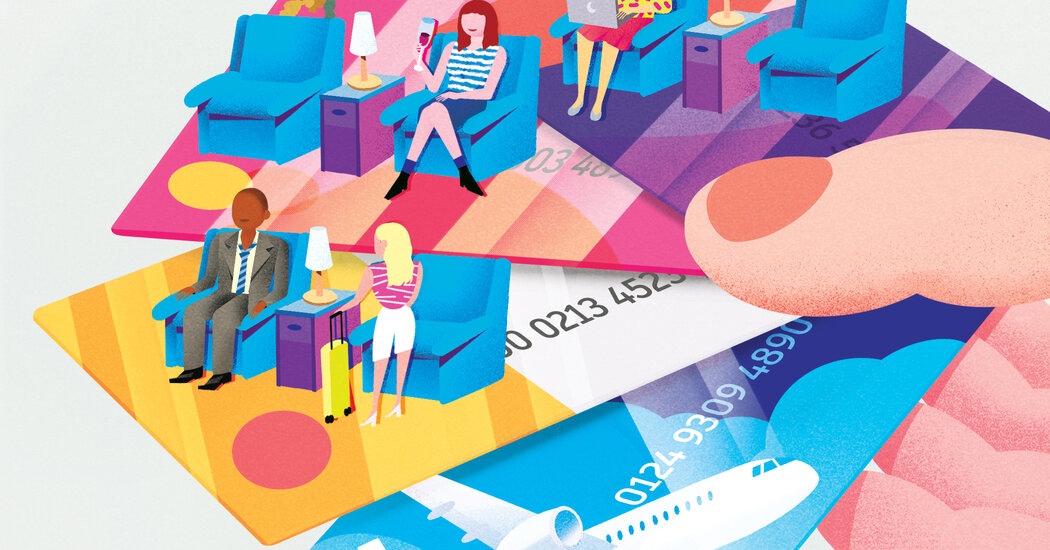When she has the time to get to the airport early, Anne Marie Mitchell, a communications professor in Chicago, will treat herself to a few hours in the airport lounge, either using a free pass from her airline credit card or paying a day-use fee.
“You get access to a bar, a nice clean bathroom, snacks and it’s uncrowded,” she said. “It makes traveling more fun.”
Airline lounges, bastions of civilization in airport terminals that are now often overstuffed with irritated passengers, thanks to flight delays and cancellations, have long been the retreat of the frequent-flying elite, forward-class ticket holders and those with expensive credit cards.
Now, with leisure travelers leading the recovery of the airline industry as business traffic lags, some clubs have made it easier for relatively infrequent fliers to claim a few predeparture perks, while others — including Delta Sky Club, which adopted a new rule that no user may enter the club more than three hours ahead of their scheduled flight — grapple with growing pains.
The expanding world of clubs
Historically, legacy carriers, including American Airlines, Delta Air Lines and United Airlines in the United States, have operated lounges for passengers flying in first and business classes, as well as frequent fliers who qualify for membership. Their offerings sometimes include standard clubs (such as United Club at United) and more exclusive ones for forward-class fliers on long-haul international flights (United Polaris).
Another class of clubs welcomes members flying any carrier. These include Priority Pass, which offers access to more than 1,300 lounges in more than 600 cities (membership plans include 10 visits for $299 a year).
In this case, a lounge might be an actual airline club, such as the Plumeria Lounge from Hawaiian Airlines that Priority Pass members have access to in Honolulu; public airport restaurants that offer a food credit, such as Stephanie’s restaurant at Boston Logan International Airport; other club brands, such as Minute Suites, which are private rooms, at Dallas-Fort Worth International Airport; or airport amenities such as the Be Relax Spa at Los Angeles International Airport, where members get credit for a chair massage.
Increasingly, lounge users are not airline devotees, but holders of expensive credit cards.
“It’s become popular to bundle lounge access with a premium credit card,” said Gary Leff, who writes the airline blog View From The Wing. “It’s a way of…
Click Here to Read the Full Original Article at NYT > Travel…
